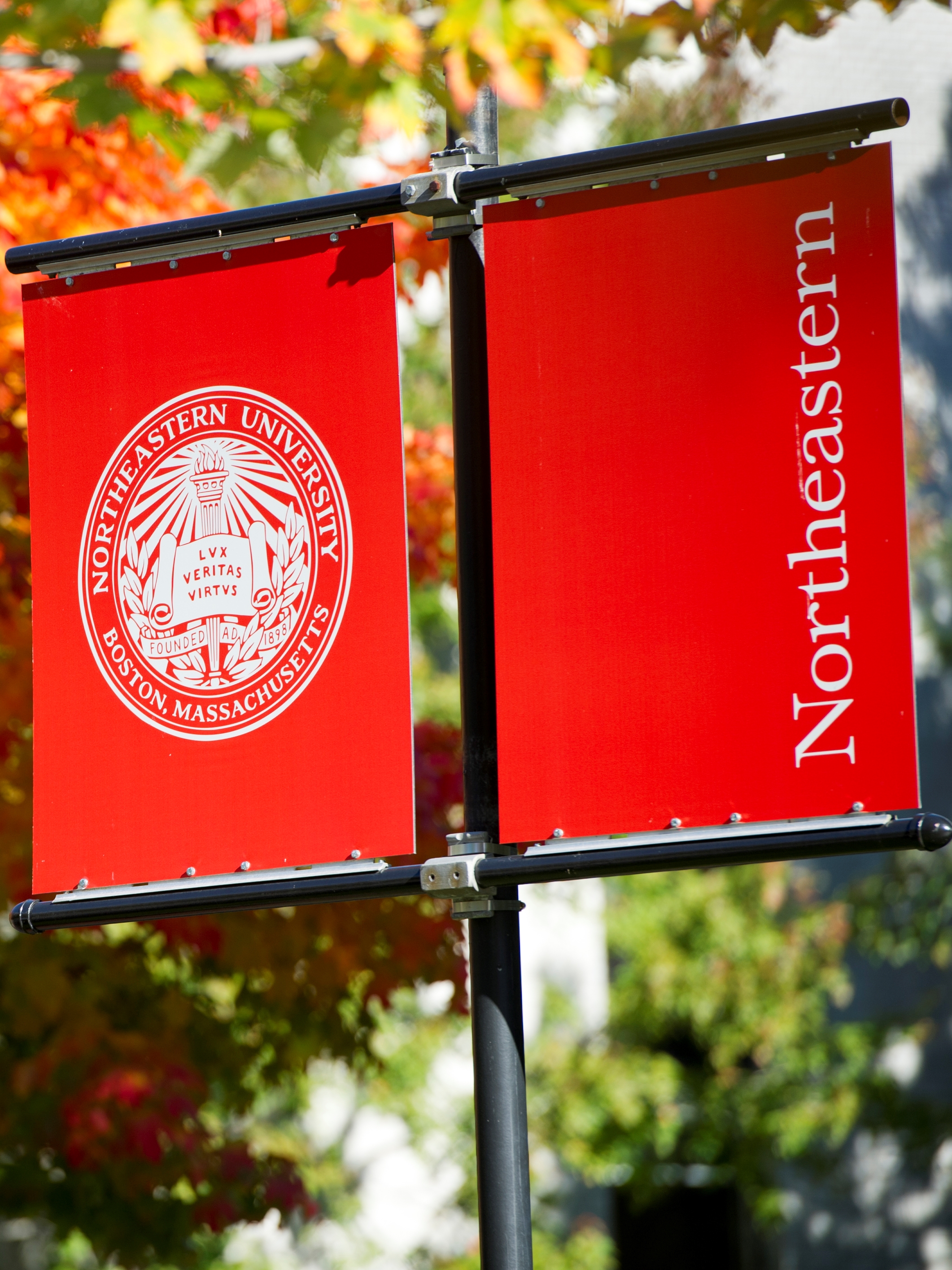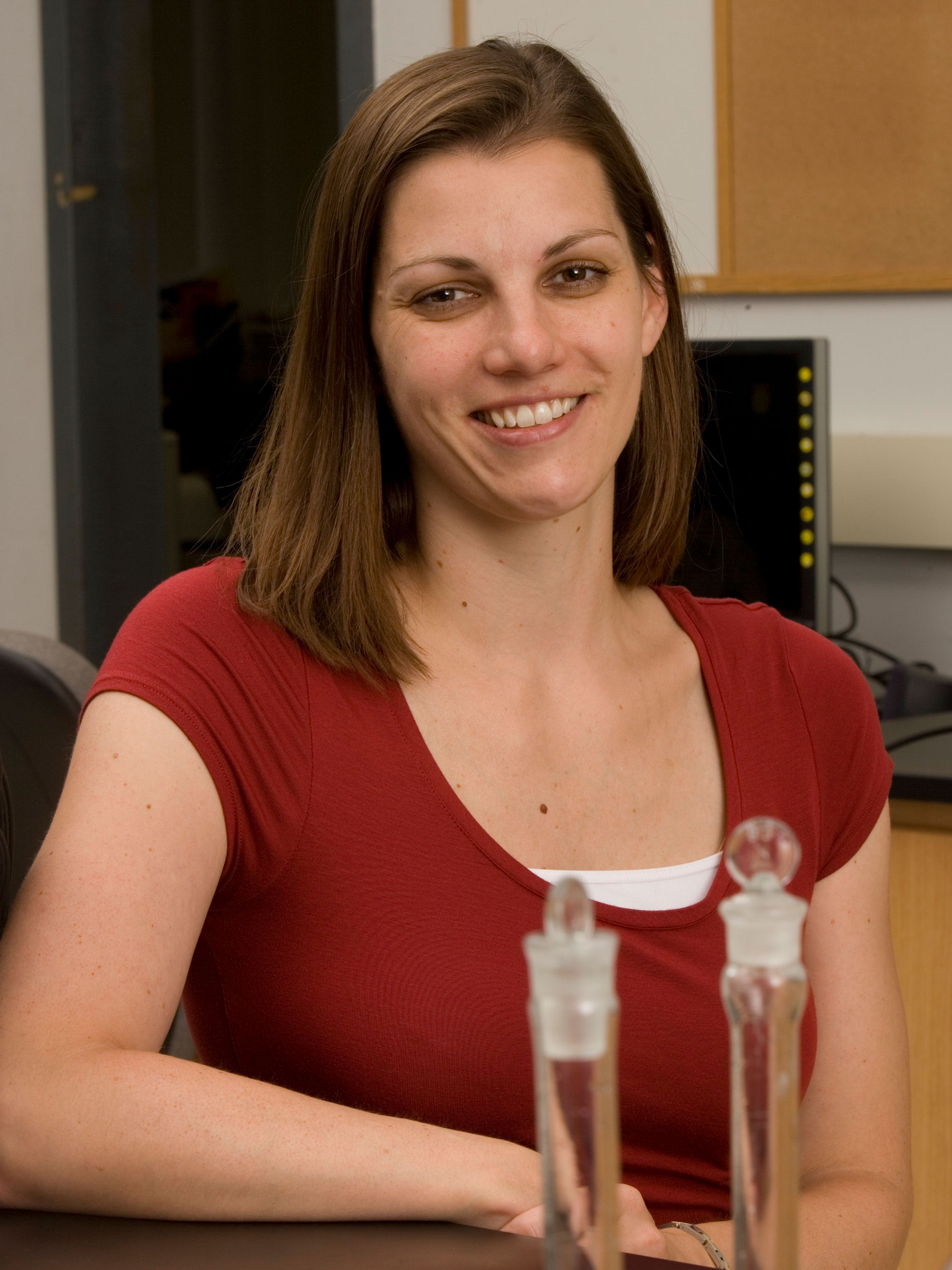Faculty & Staff Directory
41 Items found
Sara Wadia-Fascetti
Professor and Vice Provost of PhD Network,
Civil and Environmental Engineering Condition assessment methodologies for infrastructure systems; life cycle and life span analysis; structural and earthquake engineering uncertainty
- s.wadia-fascetti@northeastern.edu
- 617.373.5828
Jacob Walker
Senior Co-op Coordinator & Assistant Director,
Cooperative Education - jw.walker@northeastern.edu
- 617.373.5393
Rachel Walsh-Peterson
Senior Co-op Coordinator & Assistant Director,
Cooperative Education - ra.walsh@northeastern.edu
- 617.373.4302
Kai-tak Wan
Professor,
Mechanical and Industrial Engineering Cellular biomechanics; water filtration; thin film adhesion and characterization; subsurface mechano-sensing; shell adhesion; fundamental intersurface forces
- k.wan@northeastern.edu
- 617.373.2248
Lei Wang
Assistant Professor,
jointly appointed in
Bioengineering & Biology
Wang laboratory integrates synthetic biology, tissue engineering, and microfluidics to investigate the design principles underlying cell state transitions, establish human physiological and pathological models using hiPSCs, and develop next-generation therapeutics for previously intractable diseases.
Ming L. Wang
COE Distinguished Professor,
Civil and Environmental Engineering Network-wide pavement and bridge deck inspections: sensor technology for infrastructure; saliva-based sensor technology for disease diagnosis and monitoring; structural health monitoring for bridges; subsurface fault detection using air-coupled GPR systems
- mi.wang@northeastern.edu
- 617.373.3900
Ning Wang
Professor,
Bioengineering Cellular and molecular mechanobiology, mechanomedicine, and mechanohealth; cancer cell biology and mechanics; stem cell biology and mechanics; mechanomemory and mechanoresilience, mechanobiotechnologies and their applications to cells, tissues, and organisms
Qi “Ryan” Wang
Associate Professor and Vice Chair for Research,
Civil and Environmental Engineering Urban and social resilience; geo-social networking; coupled, human-natural systems, natural disaster response and evacuation; urban computing
- q.wang@northeastern.edu
- 617.373.7984
Yafeng Wang
Assistant Teaching Professor,
jointly appointed in
Philosophy and Religion & First Year Engineering Program
Yanzhi Wang
Professor,
Electrical and Computer Engineering Real-time and energy-efficient deep learning and artificial intelligence systems, model compression of deep neural networks (DNNs), neuromorphic computing and non-von Neumann computing paradigms
- yanz.wang@northeastern.edu
- 617.373.8805
Meni Wanunu
Professor,
jointly appointed in
Physics & Bioengineering
Our group investigates biomolecules at the single-molecule level. We develop nanopore-based and other nanotechnology-based methods for probing the structure and dynamic behavior of biomolecules. We employ optical waveguides and single-molecule enzymatic approaches for RNA sequencing, and utilize engineered nanopore sensors for applications in single-molecule proteomics. We are experimentalists, but we also use advanced computational tools to perform big data analysis.
- m.wanunu@northeastern.edu
- 617.373.7412
Joseph Weber
Associate Teaching Professor and Director of Global Programs,
Electrical and Computer Engineering Irvine W. Wei
Professor Emeritus,
Civil and Environmental Engineering Ozonation & Chlorination of Water, Advanced Oxidation Processes, Chemical Precipitation & Coagulation, Kinetics & Mechanism of Chemical Processes
- i.wei@northeastern.edu
- 617.373.3368
Jing-Ke Weng
Professor,
jointly appointed in
Chemistry & Chemical Biology & Bioengineering
Natural product biochemistry, plant abiotic and biotic interactions, carbon sequestration, agricultural biotechnology, food allergy, drug discovery
Richard West
Professor and Associate Chair for Research,
Chemical Engineering Development of detailed microkinetic models for complex reacting systems; automating the discovery and calculation of reaction pathways; heterogeneous catalysis and electrocatalysis.
- r.west@northeastern.edu
- 617.373.5163
Richard Whalen
Director & Teaching Professor,
First Year Engineering Program Engineering Education, Evidence-Based Teaching, Pedagogy, Assessment, Thermo-fluids Engineering, Microscale Heat Transfer, Numerical Modeling of Laser Welding of Plastics, Thermal Effects in Nonlinear Optical Material
- r.whalen@northeastern.edu
- 617.373.4706
Paul Whitford
Affiliated Faculty,
jointly appointed in
Bioengineering & Chemical Engineering
dynamics of large-scale molecular machines, working to identify the physical principles that guide biomolecular dynamics, using molecular simulation approaches to interpret experimental data from a wide range of techniques, including biochemical, small-angle X-ray scattering and cryogenic electron microscopy
- p.whitford@northeastern.edu
- 617.373.2952
John “Peter” Whitney
Associate Professor,
Mechanical and Industrial Engineering Human-safe robots, medical robotics, soft robotics and soft material manufacturing, MEMS, microrobotics, bio-inspired design, flapping aerodynamics and insect flight
- j.whitney@northeastern.edu
- 617.373.3427
Ronald J. Willey
Professor Emeritus,
Chemical Engineering Process safety education
High pressure chemical processes
Mark Williams
Affiliated Faculty,
Bioengineering single molecule biophysics, molecular biophysics
- ma.williams@northeastern.edu
- 617.373.5705
Rebecca Willits
Professor and Chairperson,
Chemical Engineering Mechanobiology of neural systems;
Systems for nerve regeneration;
Diversity and equity in engineering
- r.willits@northeastern.edu
- 617.373.2989
Monica Wing
Grants Manager of Pre Award,
Administrative Resource Center - m.wing@northeastern.edu
- 617.373.8310
Beth A. Winkelstein
Provost and Senior Vice President for Academic Affairs,
Office of the Provost mechanisms of bodily injury and pain – especially injuries from sports, automobile accidents, and/or degenerative diseases
Raimond Winslow
Professor,
jointly appointed in
Bioengineering, Khoury College of Computer Sciences
& Clinical and Rehabilitation Sciences
Computational modeling of the cardiac myocyte to understand the molecular basis of arrhythmias; machine learning in critical care medicine to identify those patients who require urgent care
Kathy Wong
Assistant Co-op Coordinator, Seattle,
Multidisciplinary Masters Co-op Programs - ka.wong@northeastern.edu
- 206.467.5480
Megan Woodbury
Postdoctoral Research Associate,
PROTECT Prenatal exposures and neurodevelopment, neurotoxicology, environmental epidemiology, environmental health, public health, endocrine disrupting chemicals, drugs and supplements, interactive effects of exposures
Benjamin Woolston
Assistant Professor,
Chemical Engineering Metabolic engineering and synthetic biology for sustainable biochemical production and human health
- b.woolston@northeastern.edu
- 617.373.5560
Mingzhong Wu
Professor,
jointly appointed in
Physics & Electrical and Computer Engineering
Topological quantum materials, magnetic thin films, spin transport, spin torque, spin waves, and ferromagnetic resonance


































